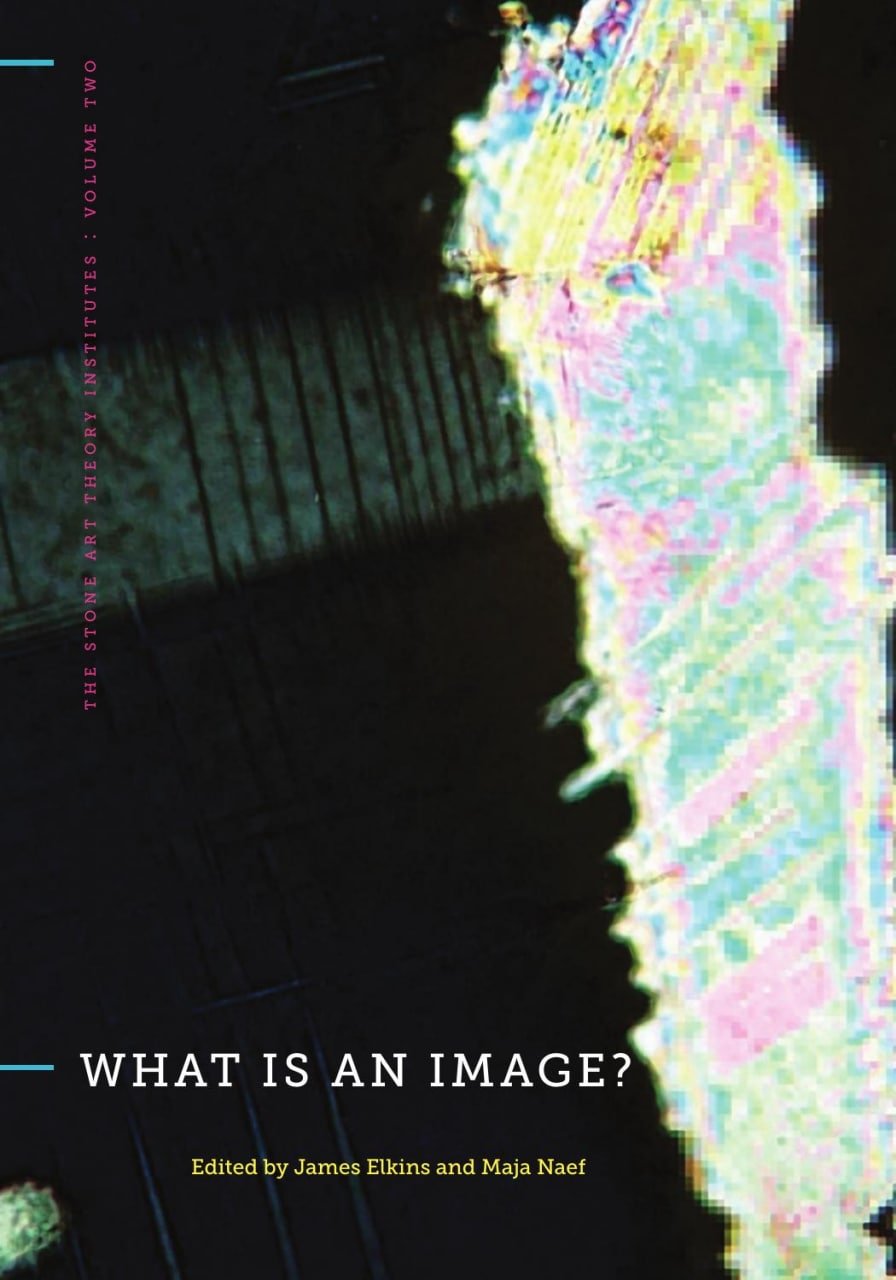

summary of What Is an Image? edited by James Elkins:
James Elkins’ What Is an Image? is a wide-ranging, interdisciplinary exploration of one of the most fundamental yet elusive concepts in visual culture: the image. Bringing together essays from philosophers, art historians, scientists, and theorists, the volume does not attempt to offer a single definition of what an image is, but instead stages a dialogue across fields that reveals the complexity and richness of the term. The book asks what distinguishes an image from a picture, a sign, or a representation, and whether images are purely visual or extend into cognitive, linguistic, and even material domains. Contributors engage with classical questions from aesthetics and semiotics, as well as contemporary debates in media studies, cognitive science, and anthropology, showing that images are not just static objects but dynamic entities that interact with viewers, shape perception, and mediate cultural meaning. Elkins emphasizes that the image is always more than what is seen: it embodies histories, technologies, and theoretical frameworks that influence how it is produced and received. The essays also address different kinds of images—paintings, diagrams, scientific models, digital forms—probing how their status as “images” complicates our understanding of truth, representation, and reality. Rather than resolving the question, the book presents the image as an open problem, a concept that resists neat boundaries but is central to how humans make sense of the world. In doing so, What Is an Image? serves as both a philosophical inquiry and a practical resource for anyone interested in the theory of images, from art and visual studies to philosophy, science, and media theory.





















.jpg)

.jpg)




.jpg)



.jpeg)


.jpg)
.jpeg)





.jpeg)

.png)



















.jpeg)








.jpg)





.jpeg)

.jpg)



.jpg)


.jpg)



